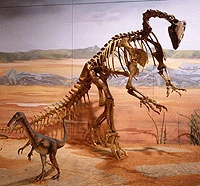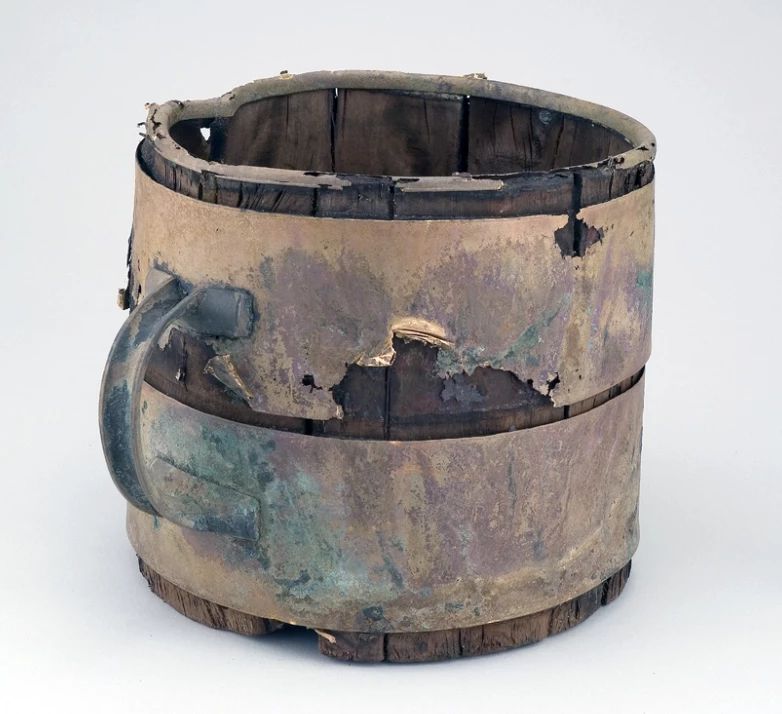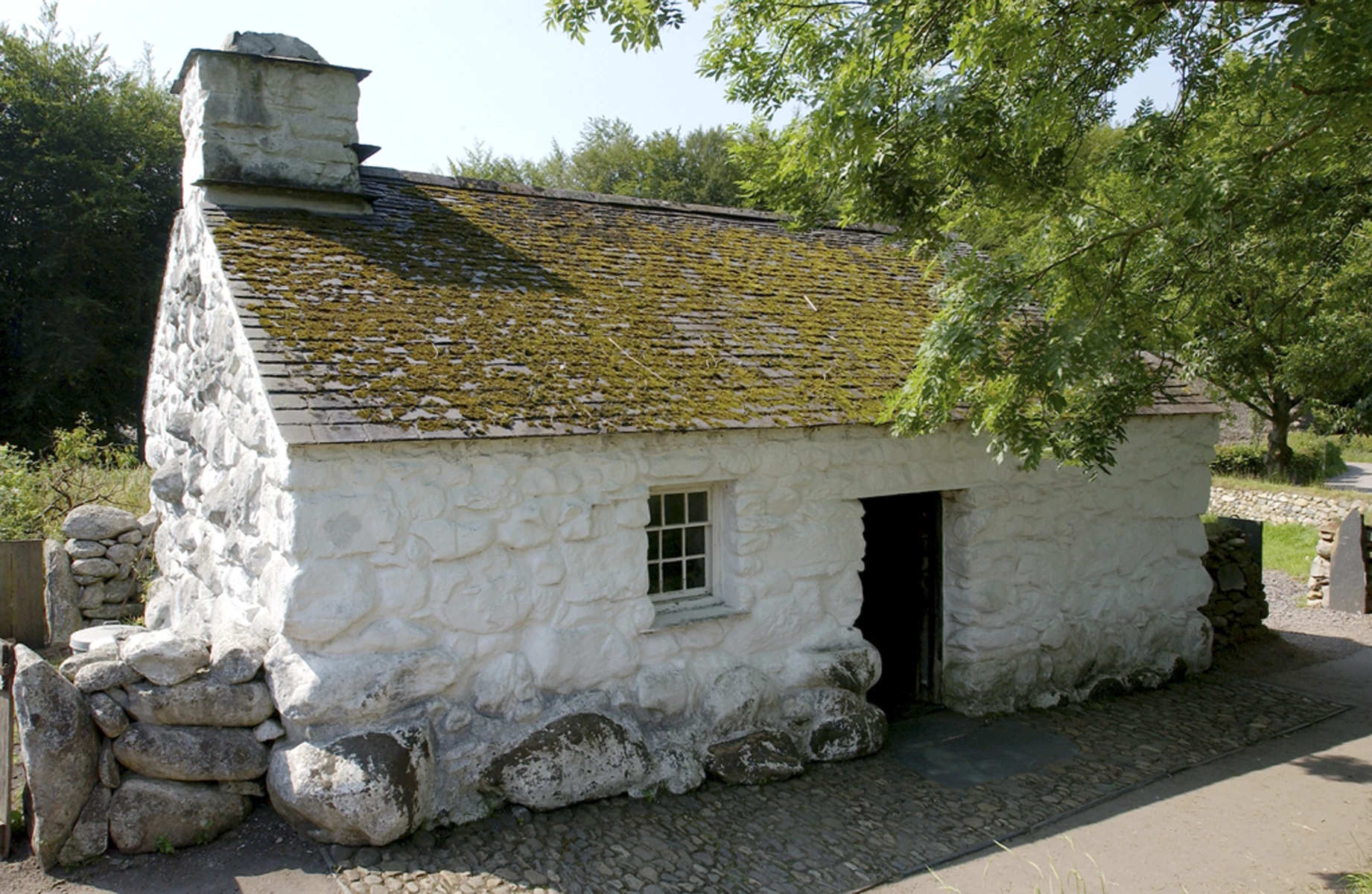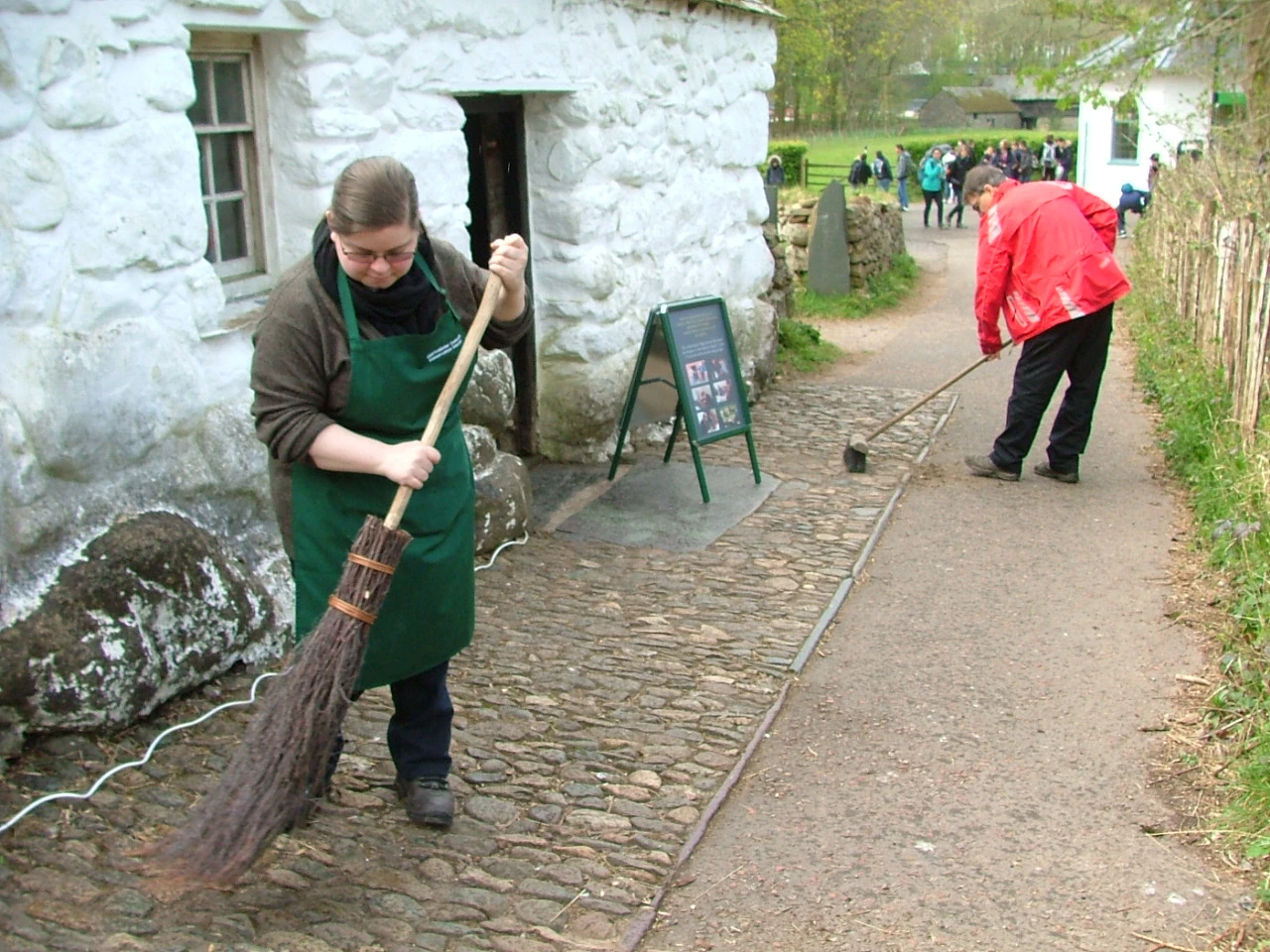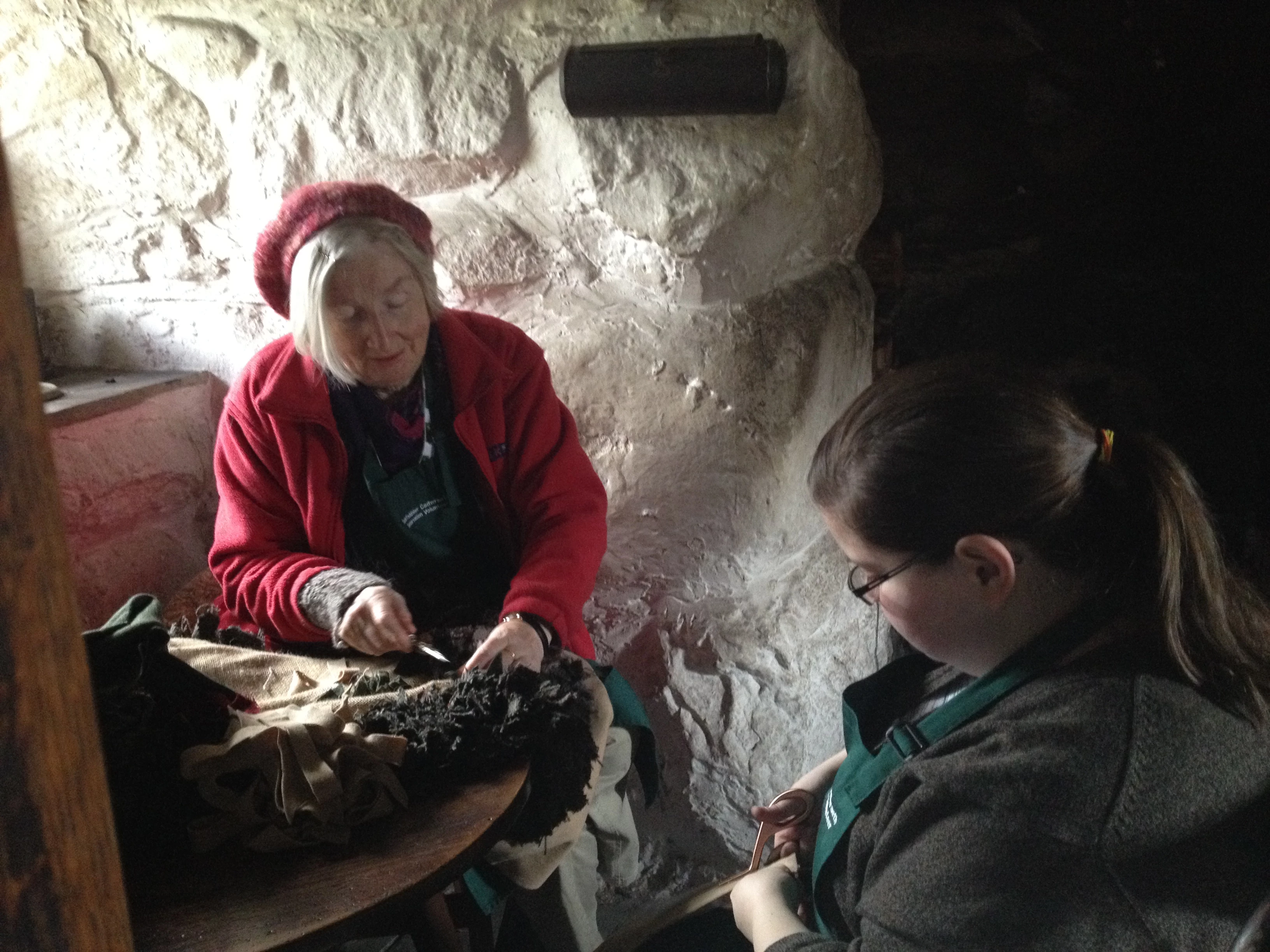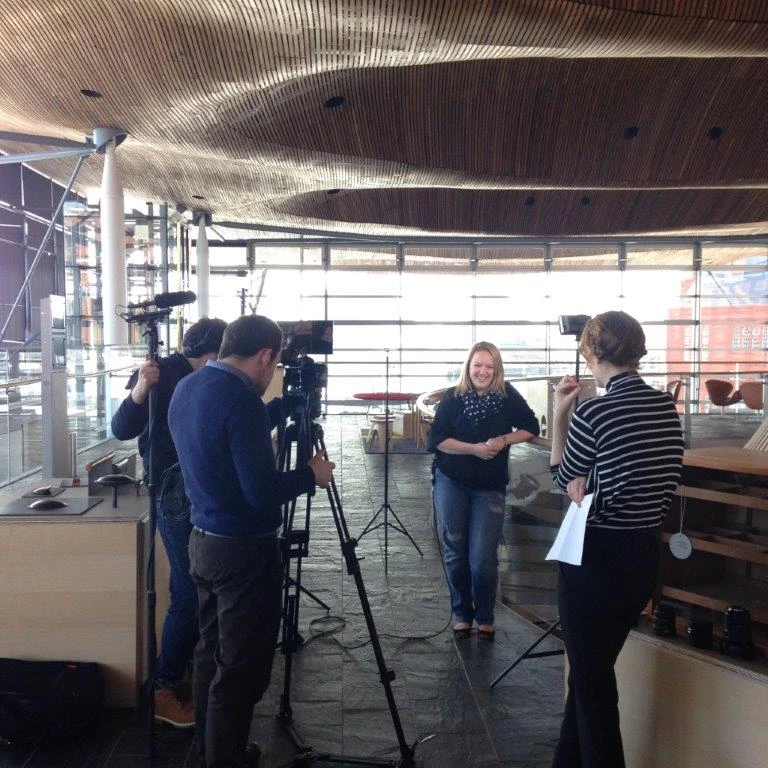Caring for the Evolution of Wales galleries
, 6 June 2016
Between 20 June and 4 July, our popular Evolution of Wales galleries will be closed while we undertake some essential maintenance work.
For these two weeks, visitors will not be able to access areas showing the introduction, Big Bang, Carboniferous forest, dinosaurs, mammoth or the Ice Age animals. Other galleries remain open during this time, including the Diversity of Life gallery (with lots of birds), the mineral collection and all the natural history galleries with the British woodland scene, basking shark, hump back whale skeleton and our new exhibition Wriggle! The art galleries upstairs are also open, unaffected by the maintenance work.
The work covers improved care of the collections and sustainability of the building, including:
- Changing the gallery lighting to LED, to reduce electricity consumption, our carbon footprint and costs. LED lighting gives off less heat than conventional lighting so the air conditioning system will work better - it’s better for the items on display, because keeping a stable temperature helps maintain the condition of the objects. LED lighting also reduces future maintenance costs, and changes to the lighting will make the galleries brighter in some places.
- Improvements to the fire alarm system so it's better for the collections, the building, staff and visitors.
- Upgrading video screens from CRT to HD LCD with touch button interactive controls. This will improve video content delivery, reduce maintenance costs and provide a contemporary aesthetic to the gallery, making units more streamlined.
- While the galleries are closed curators will be able to secure some of the items that have become loose in the cases, thus improving their long-term care. They will also clean the displays thus reducing the risk of potential pest infestations – pest management is vital to the care of museum collections.
- Finally, installation of the new life-sized recreation of the new Welsh dinosaur, Dracoraptor hanigani as part of the dinosaur display.
